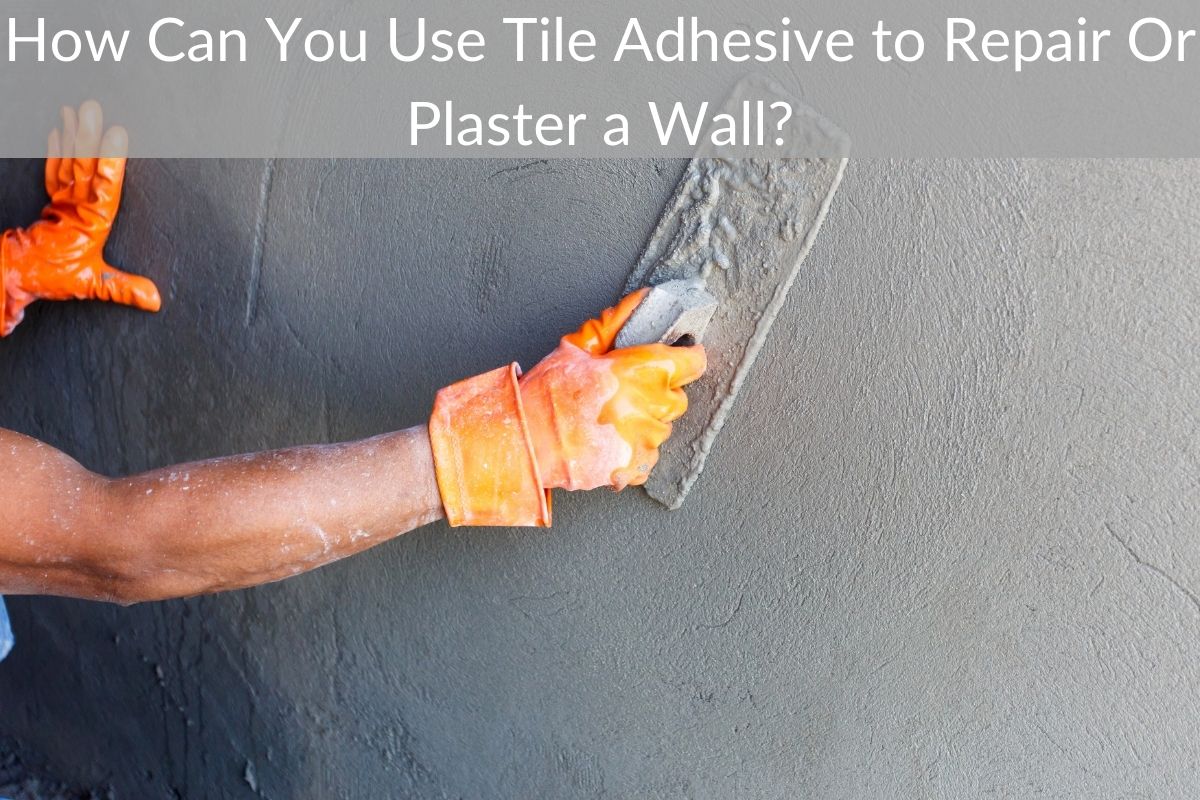This post may contain affiliate links. As an Amazon Associate we earn from qualifying purchases.
When using cement adhesive to repair or plaster a wall, it’s important to understand how these two materials bond. Plaster, which is typically gypsum-based, will not bond with cement adhesive, as it will form a chemical reaction. This will create a weak layer known as ettringite.
The best way to avoid this problem is to use acrylic primer or SBR on the plaster. Avoid PVA or any other type of adhesive that may react with plaster.
Using Dunlop RX
The new RX range from Dunlop features waterproof, non-slip and showerproof ceramic wall tile adhesives that have world-class formulations and instant grab. They also replace Dunlop’s two other ready-mixed adhesives and provide three distinct performance benefits: instant grab, instant bonding, and water-resistance. For an instant, seamless bond, apply RX-3000 to the entire surface.
Apply the adhesive evenly to a surface area of 1 m2 and spread it to a depth of three millimetres. Then, use a special solid-bed notched trowel to spread the adhesive. Next, twist the tiles into the adhesive and fix them within 20 minutes. In case skin forms on the surface, remove the excess adhesive. Lift the tiles periodically to ensure adequate contact is made.
Using SecilTek Adhere Cal
If you’re laying new tiles in your home, SecilTek Adhere Cal can help you finish the job faster and easier. This premixed mortar contains natural hydraulic lime and select aggregates. It’s a versatile product for interior walls, floors, and even renovations of older buildings. Adhere Cal works well on textured surfaces and small pieces with a high absorption rate.
You can use a variety of products for your tile adhesive, including clay mastic, a cheap and effective solution for holding tiles in place. Before purchasing any tile adhesive, carefully read the product’s label to find out whether it’s suitable for the walls and tiles. A specialized grout like NHL can also be used to secure tiles, so follow the directions on the label. This product is especially helpful for restoration projects in historic buildings, as it can be applied over lime-based mortars. NHL mortars increase the resistance of masonry over time and minimize efflorescence.
Using Fescon Titebond
If you’re looking for a quick and easy way to adhere tiles to the walls of your home, Fescon Titebond SS2 is the solution for you. This M1 rated dry plaster is a cement binder with excellent flexibility for tiling indoor and outdoor surfaces. This product is suitable for floor areas with underfloor heating and can be mixed using a power mixer and spread with a raked paddle or hand-applied.
Using Fescon Titebond SS2
If you want to tile a floor, then using Fescon Tile Adhesive Plaster SS2 is the right solution. This M1 rated dry mortar is cement-based and is suitable for tiling both indoor and outdoor surfaces that may experience variations in temperature. You can even use it on floors that have underfloor heating. The mix can be prepared easily with a power mixer, spread with a drill paddle, and applied using a plastering trowel.

